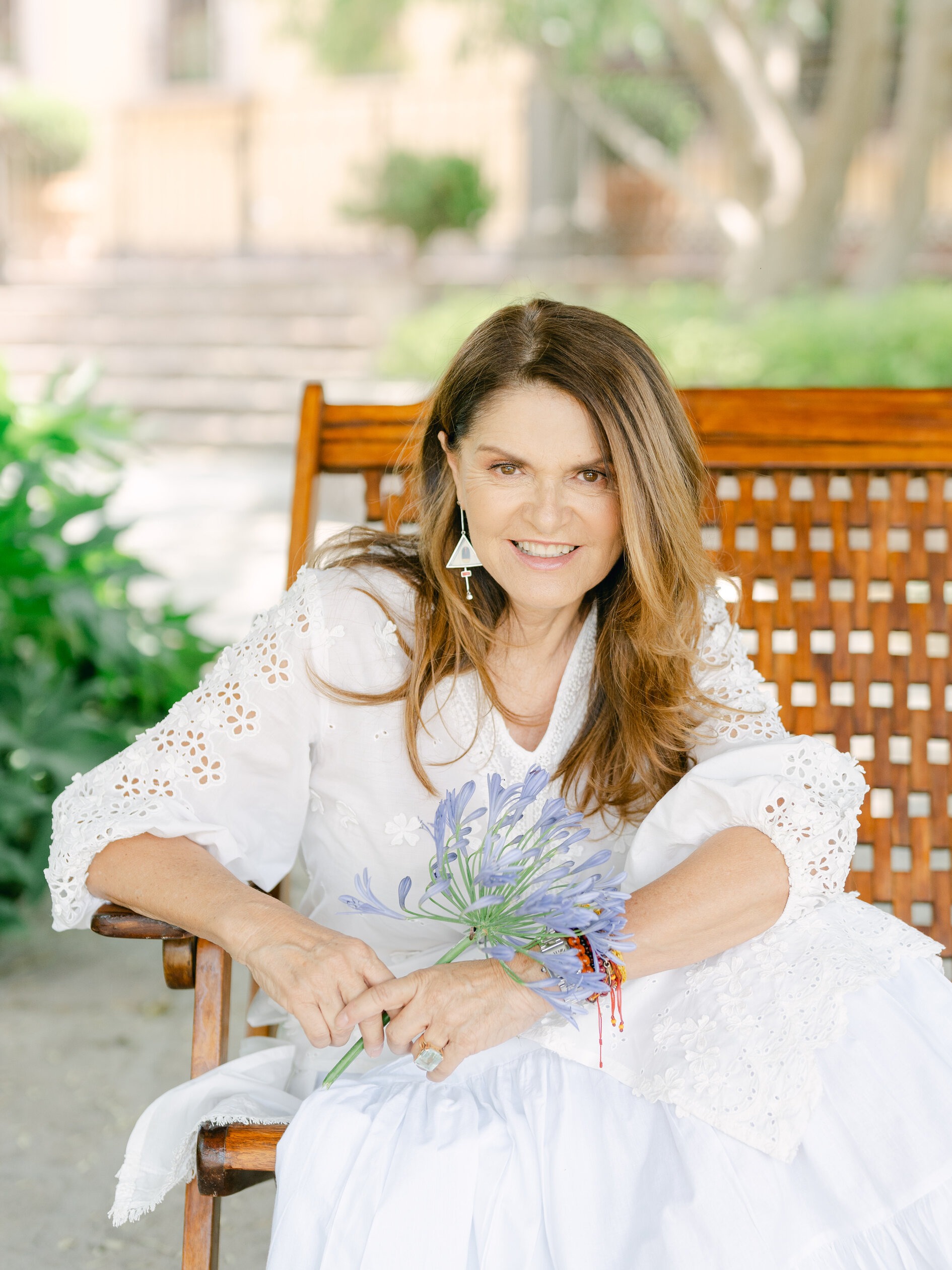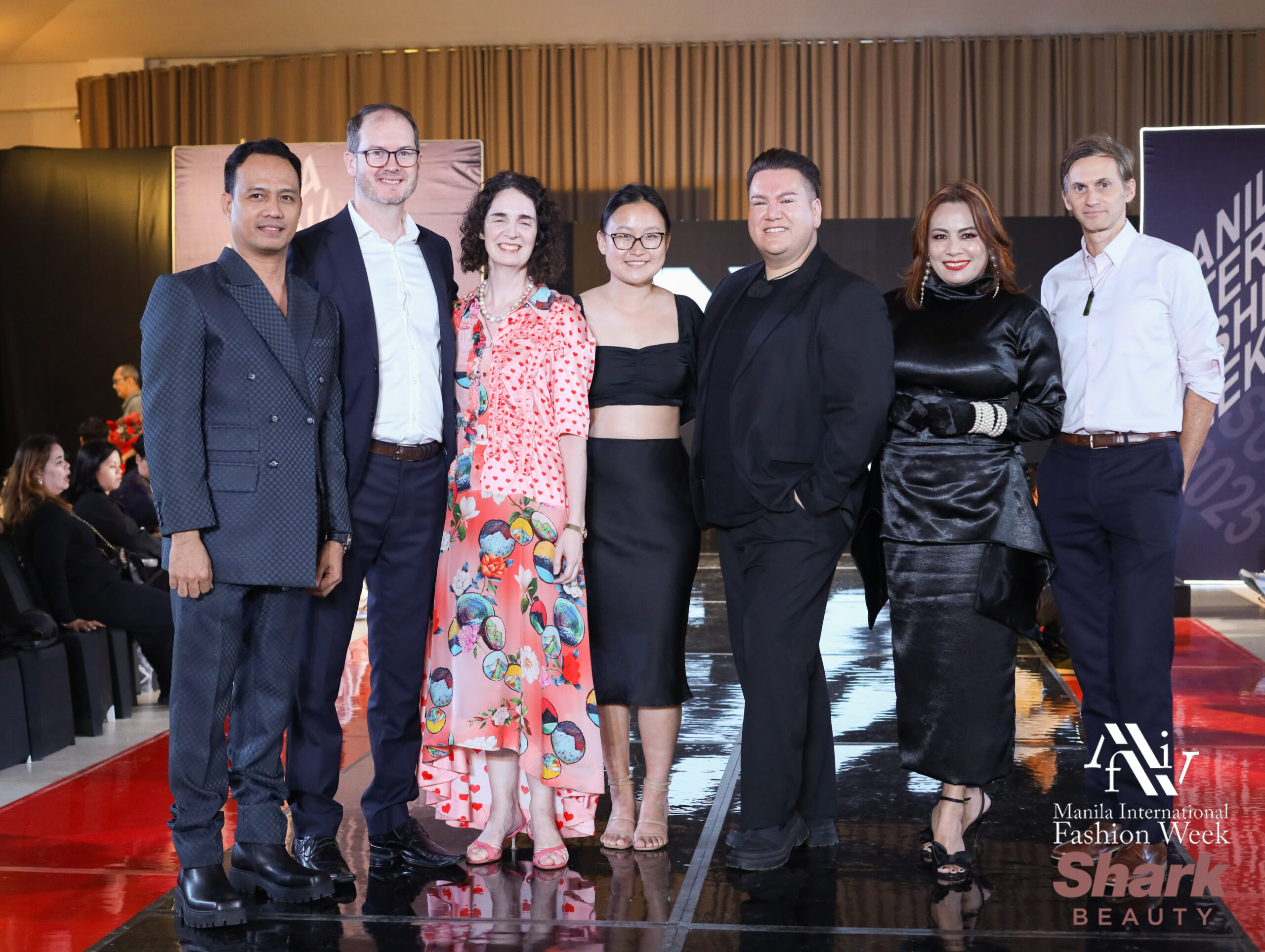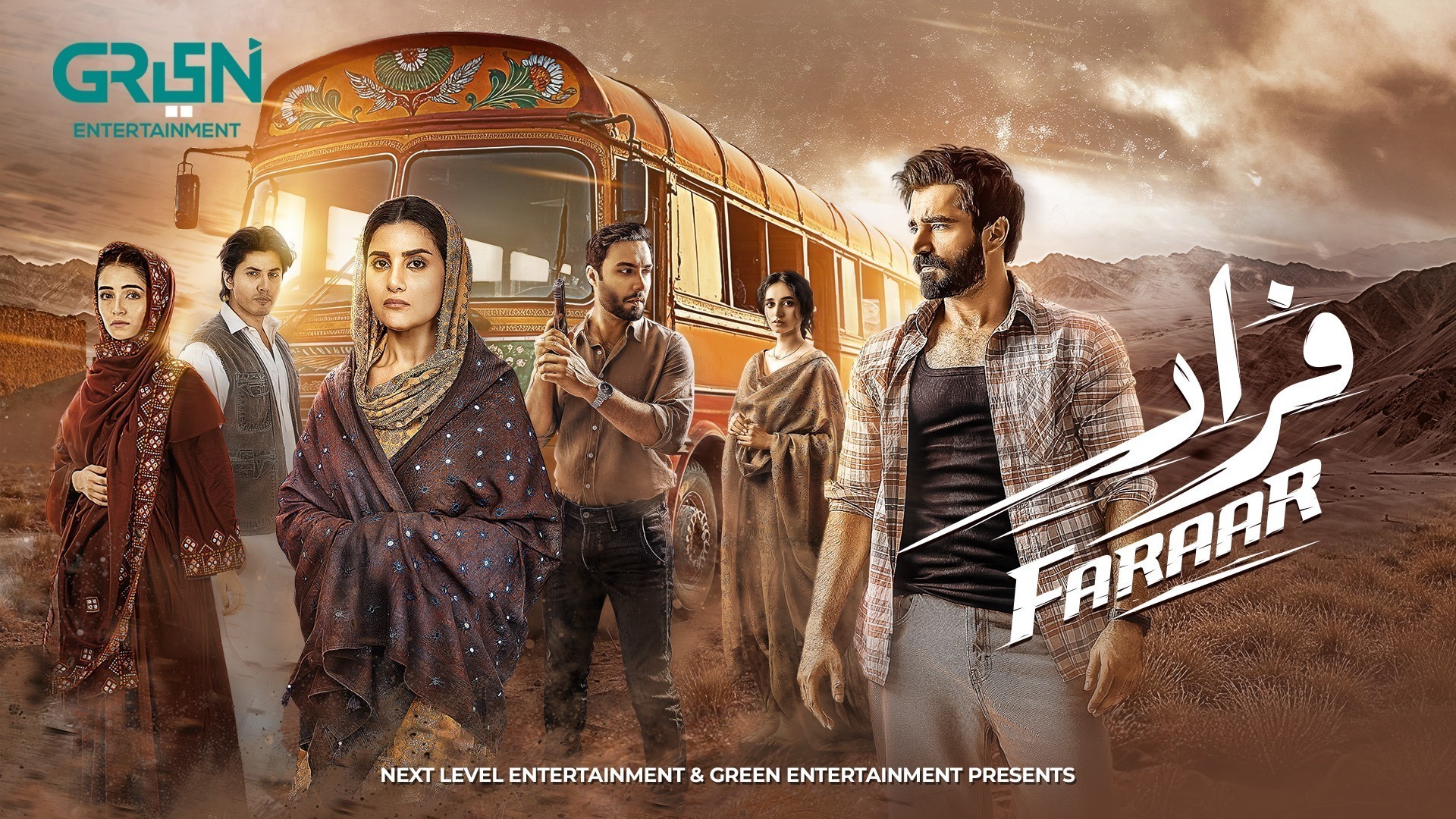The Gulgee Museum: A Son’s Journey to Preserve His Father’s Artistic Soul
A Son’s Journey to Preserve His Father’s Artistic Soul | The Gulgee Museum
In the heart of Karachi, a city that pulses with life, history, and art, a new cultural landmark has emerged—one that tells the story of a man who painted his way into the annals of Pakistani art history. The Gulgee Museum, a labor of love by Amin Gulgee, is more than just a museum; it’s a son’s heartfelt tribute to his father, the legendary artist Ismail Gulgee.
Ismail Gulgee, a name synonymous with bold strokes, vibrant colors, and a unique fusion of Islamic calligraphy and abstract expressionism, left behind a legacy that transcends borders. His son, Amin, has now immortalized that legacy in the form of a museum, housed in the family’s former residence in Clifton. The museum, which opened its doors to the public in February 2025, is a testament to Ismail’s artistic journey and Amin’s unwavering dedication to preserving his father’s work.
The idea of turning the family home into a museum wasn’t Amin’s alone. It was a dream shared by his parents. “My parents demanded that after their demise, their place should be turned into a museum,” Amin shared with reporters. And so, two years ago, he pursued on the monumental task of reimagining the space.
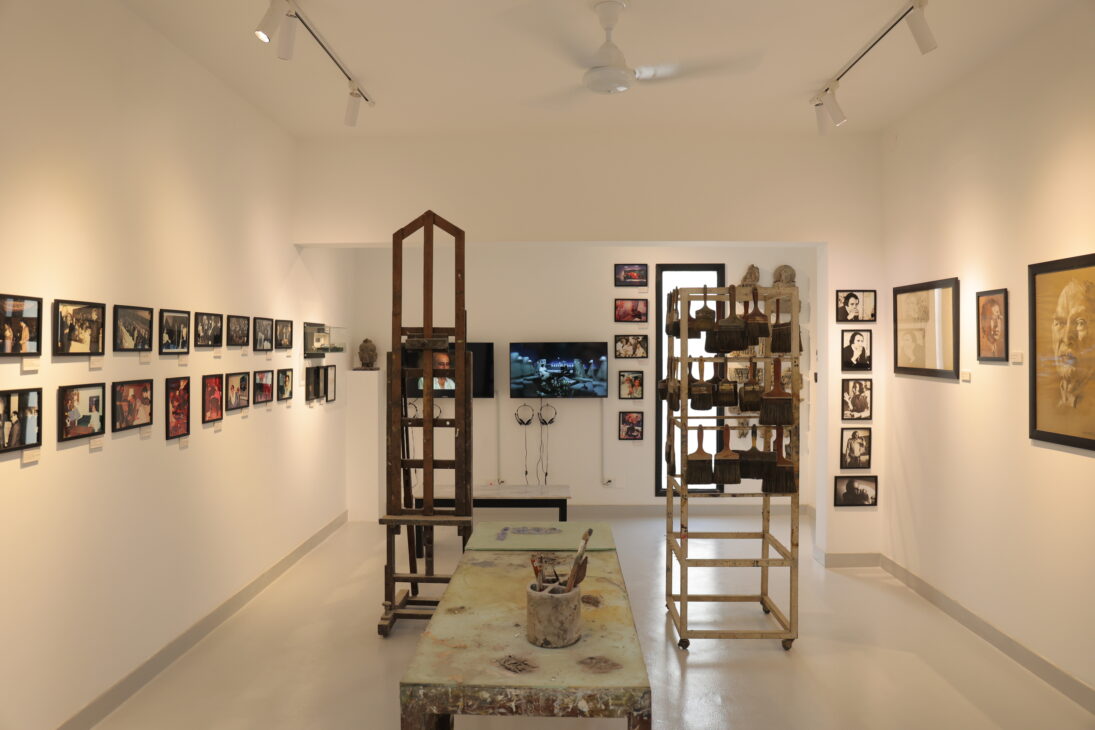
Collaborating with architect Samina Anjarwalla, Amin transformed the residence into a modern, minimalist museum that lets the art speak for itself. “We kept [the building] very simple, very plain, very modern so that the work speaks for itself,” Samina explained.
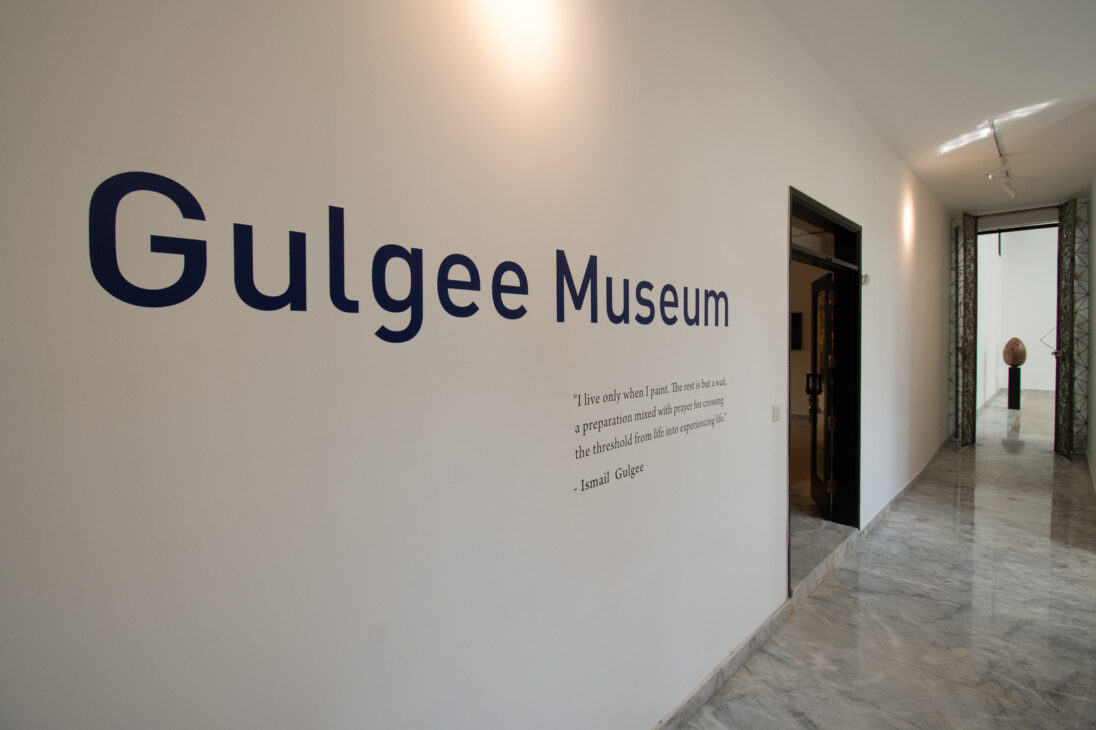
The museum, spread over two floors and 13 rooms, is divided into 17 thematic sections, each offering a glimpse into Ismail Gulgee’s vast and varied body of work. From his early portraits to his later abstract masterpieces, the museum is a journey through the artist’s life and evolution. For those who prefer Urdu, QR codes provide translations of the wall texts, making the museum accessible to a wider audience.
For Amin, curating the museum was a deeply personal experience. “I’ve curated the collection of over 170 works dividing it into 17 sections,” he told . The collection spans from the 1950s to 2007, showcasing Ismail’s paintings, mosaics, sketches, and sculptures. Among the highlights is a room dedicated to Amin’s mother, Zaro, featuring family portraits, photographs, and mosaic tabletops.
Another room mirrors Ismail’s studio, complete with his brushes, easel, and an unfinished mosaic. “I have tried to tell a story about my father, and it was a very personal experience doing that,” Amin shared.
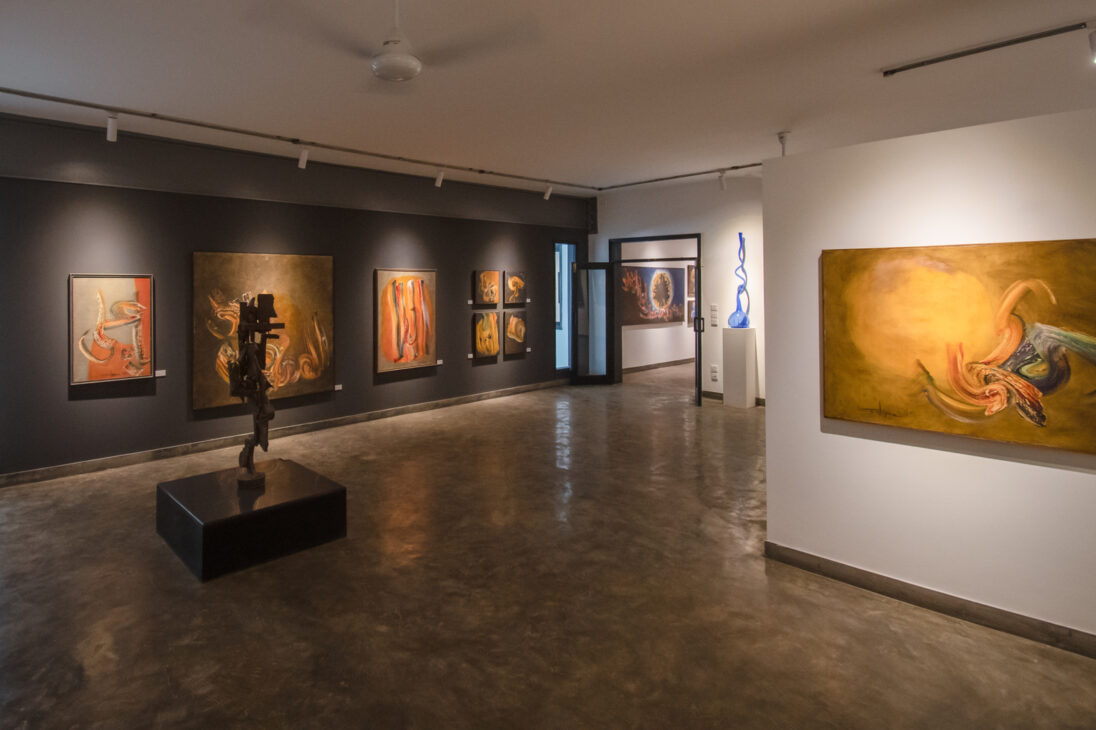
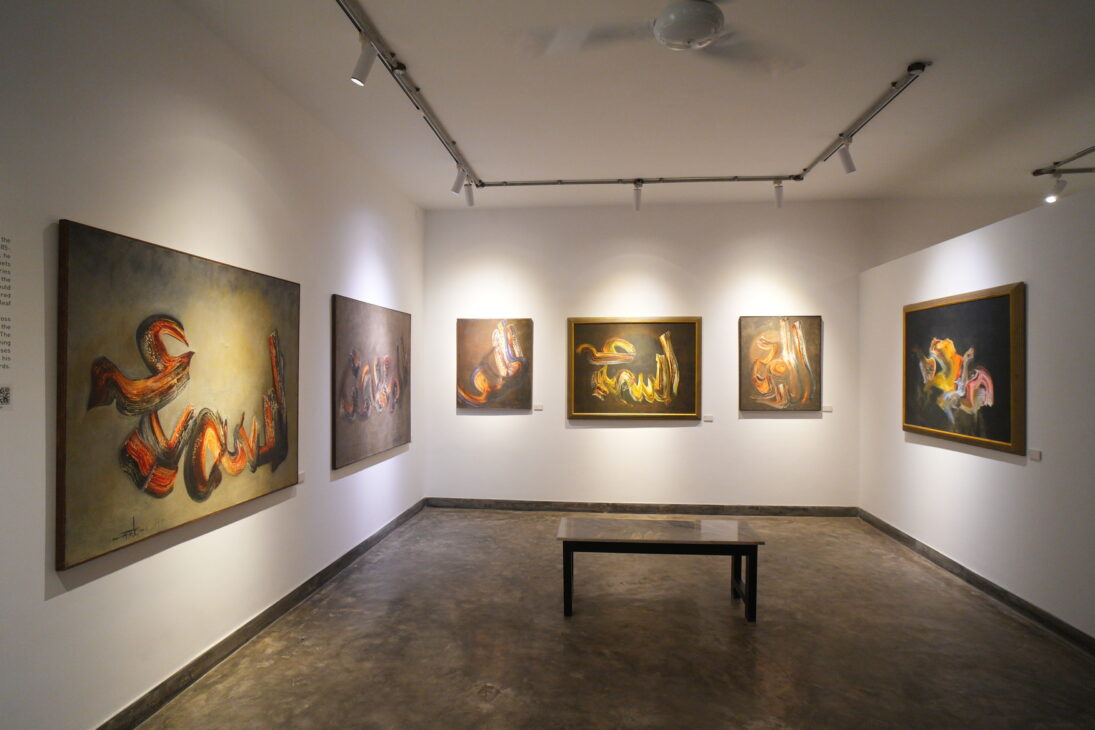
The museum also houses archival photographs that capture Ismail’s interactions with global leaders, including French President Charles de Gaulle, former US President Richard Nixon, and Pakistan’s own Benazir Bhutto. These images offer a glimpse into the artist’s life beyond the canvas, revealing a man who was as much a part of history as he was a creator of art.
Ismail Gulgee’s work is a celebration of Islamic calligraphy, abstract expressionism, and the rich cultural heritage of Pakistan. His engagement with Islamic text began in 1974, during the second Islamic conference organized by Zulfikar Ali Bhutto.
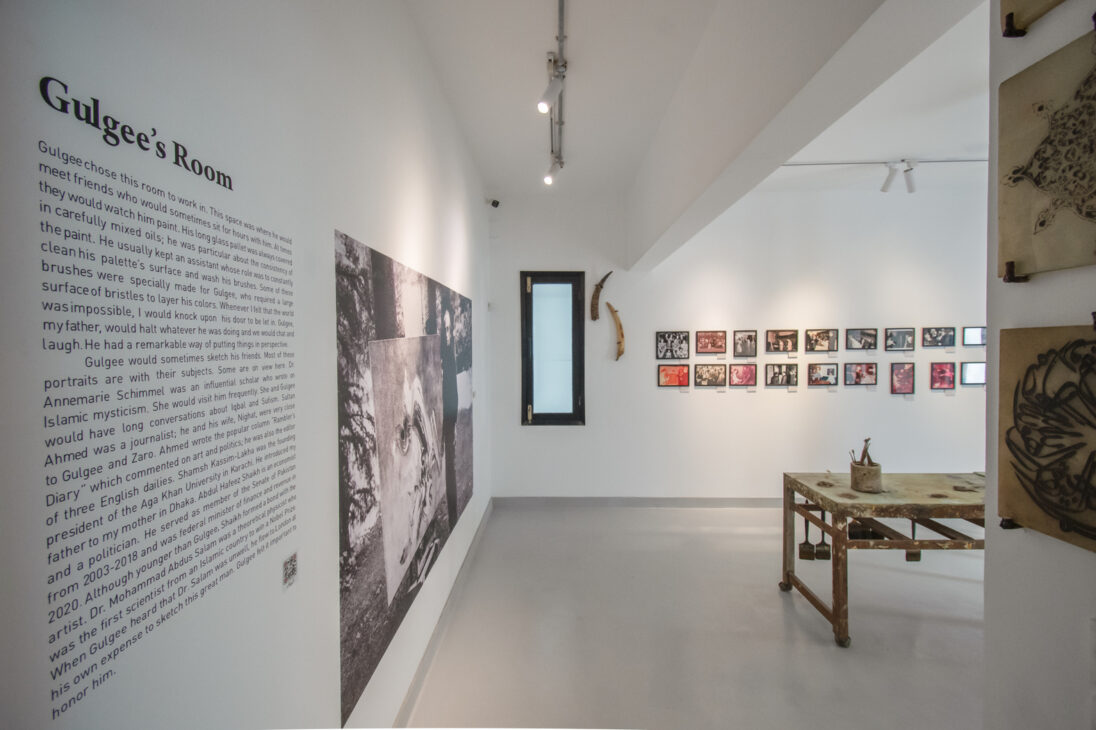
“Gulgee’s hand would fly across the paper as he inscribed calligraphy in these rounded letters,” Amin writes in one of the gallery sections. The artist often mused that the movement of foliage must have inspired early calligraphers, noting how a leaf curves and gestures in the wind, creating fluid lines.
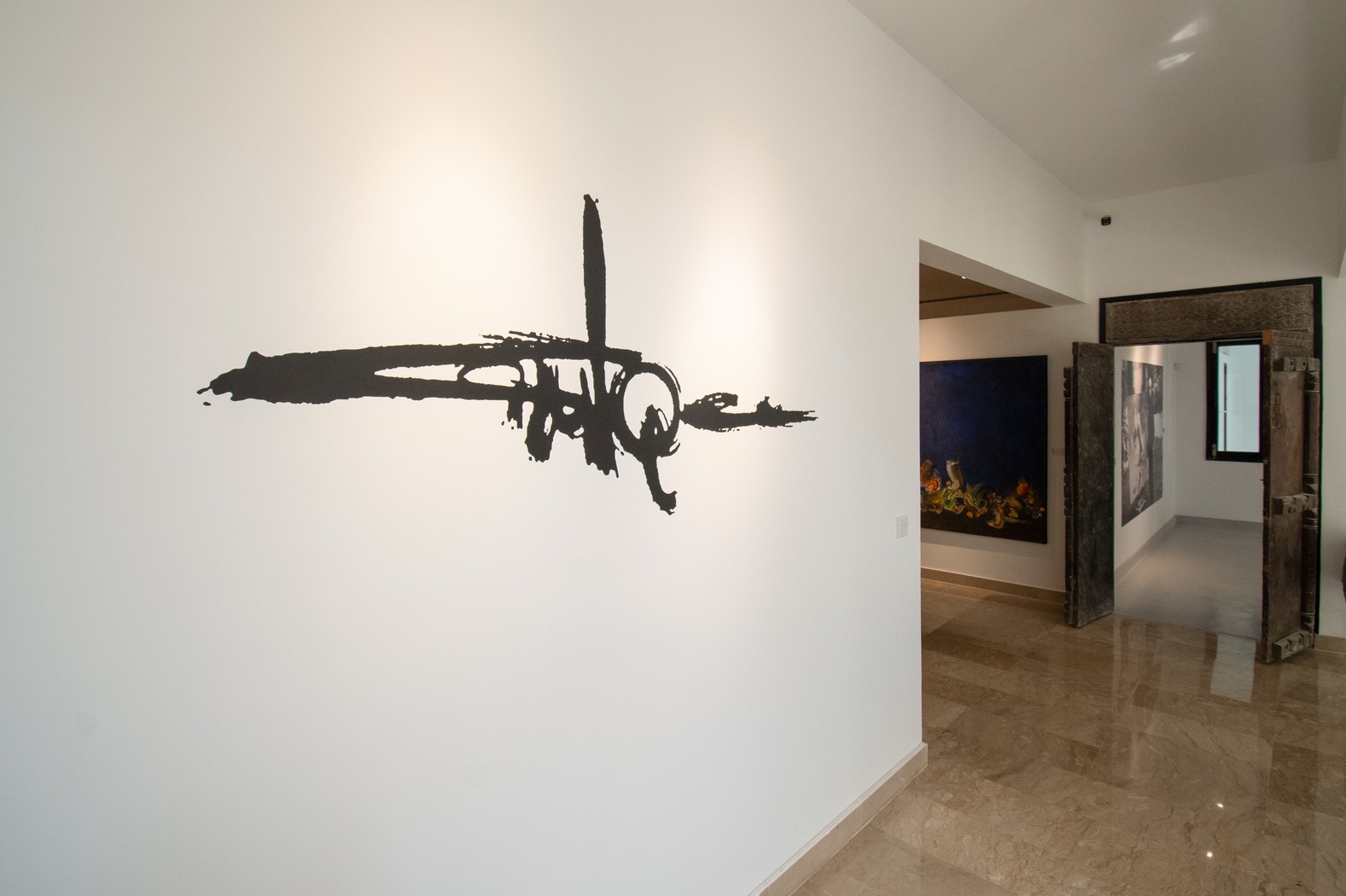
One of the museum’s standout pieces is the “Kalima Sharif”, a calligraphic work in gold created by Ismail in the 1970s. This iconic piece now occupies a central position in the museum, a testament to the artist’s mastery of his craft. Another highlight is a mosaic portrait of Aga Khan III, made using the pietra dura technique—a method Ismail first experimented with during his time in Afghanistan.
AMIN GULGEE
The Gulgee Museum is not just about Ismail’s art; it’s also a tribute to the family’s enduring bond. Ismail and his wife, Zaro, were inseparable. “It was always Zaro and Gulgee. You can’t separate the two. In a strange way, they died together as well,” Amin reflected.
Zaro, a trailblazer in her own right, was one of the first Muslim women from Bombay to receive a scholarship to study in the US. She was instrumental in supporting Ismail’s artistic career, encouraging him to never compromise on his vision.
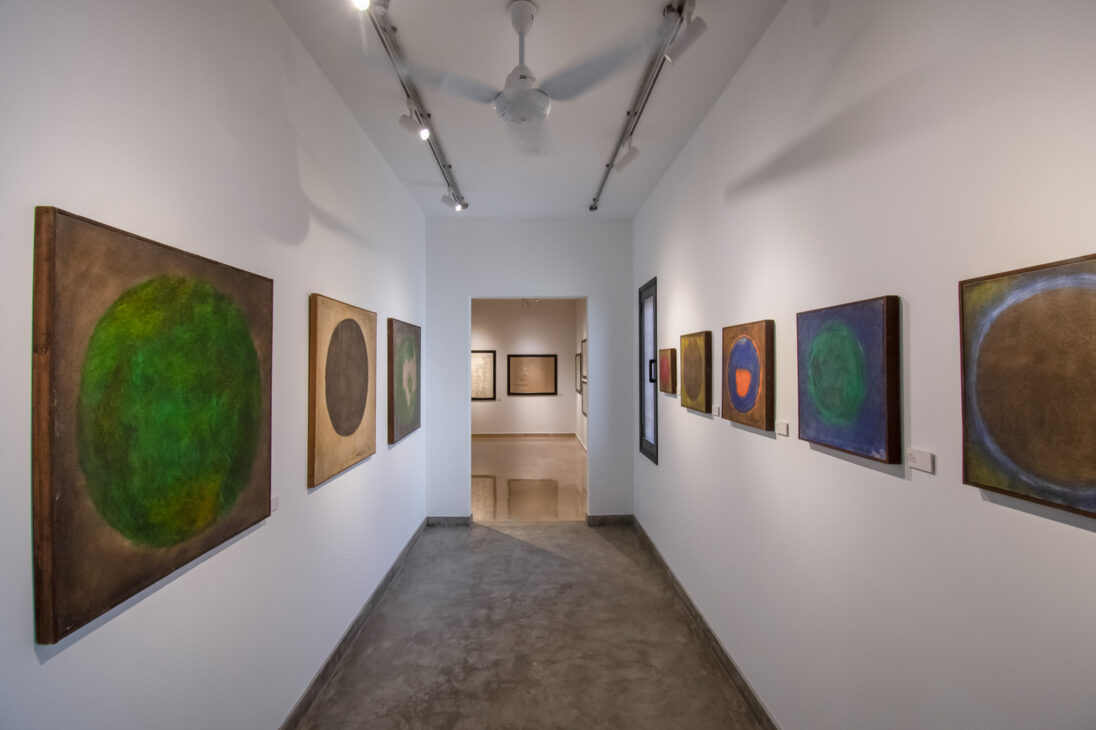
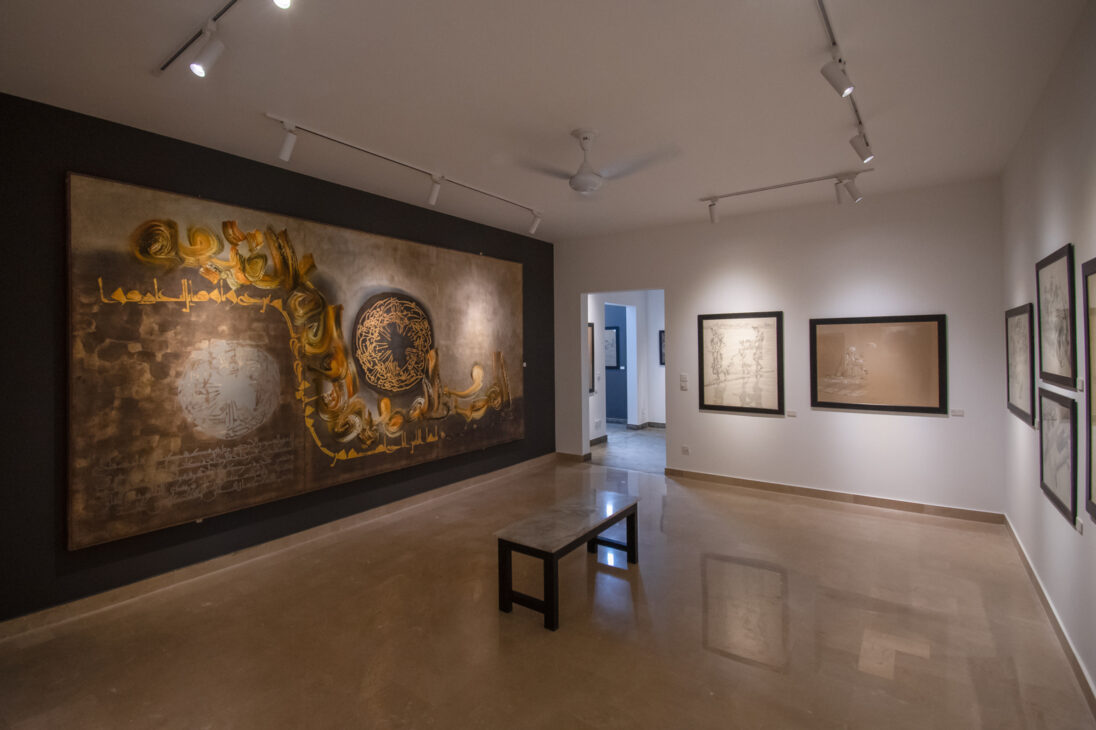
Tragically, in December 2007, Ismail and Zaro were found murdered in their home, a loss that shook the nation. But their legacy lives on through the museum, a space that not only preserves Ismail’s work but also celebrates the love and partnership that defined his life.
For Amin, the museum is just the beginning. “I want a lot more study on Gulgee. What I’ve tried to do is just bring out something. This is the tip of a journey, a process,” he said. His next project is the “Gulgee Museum Handbook”, a 320-page book featuring 13 academic essays on Ismail’s work. “We are about 80 percent done, and as soon as this opening is over, I go back to the project of the book,” he shared.
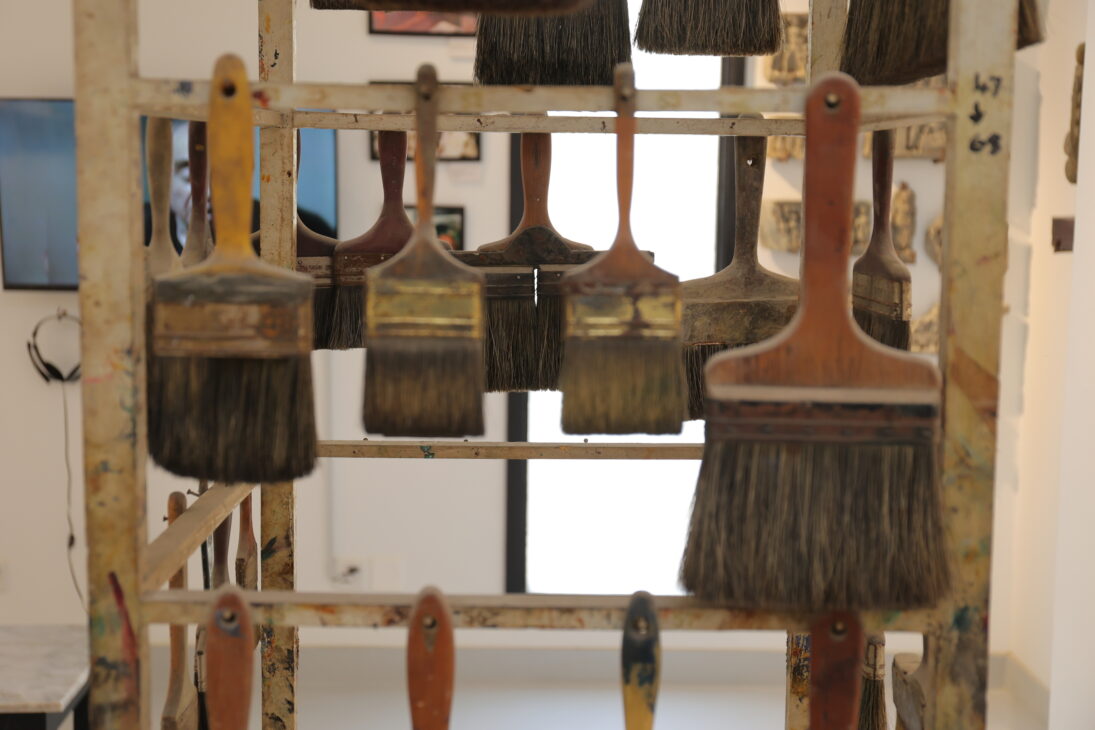
The museum also plans to launch an outreach program targeting schools and universities, offering students free guided tours. The roof of the museum will serve as a space for discursive sessions on topics relevant to Pakistani culture. “It was my parents’ dream that their home would eventually become a museum. I truly hope that I have done justice to that vision,” Amin said.
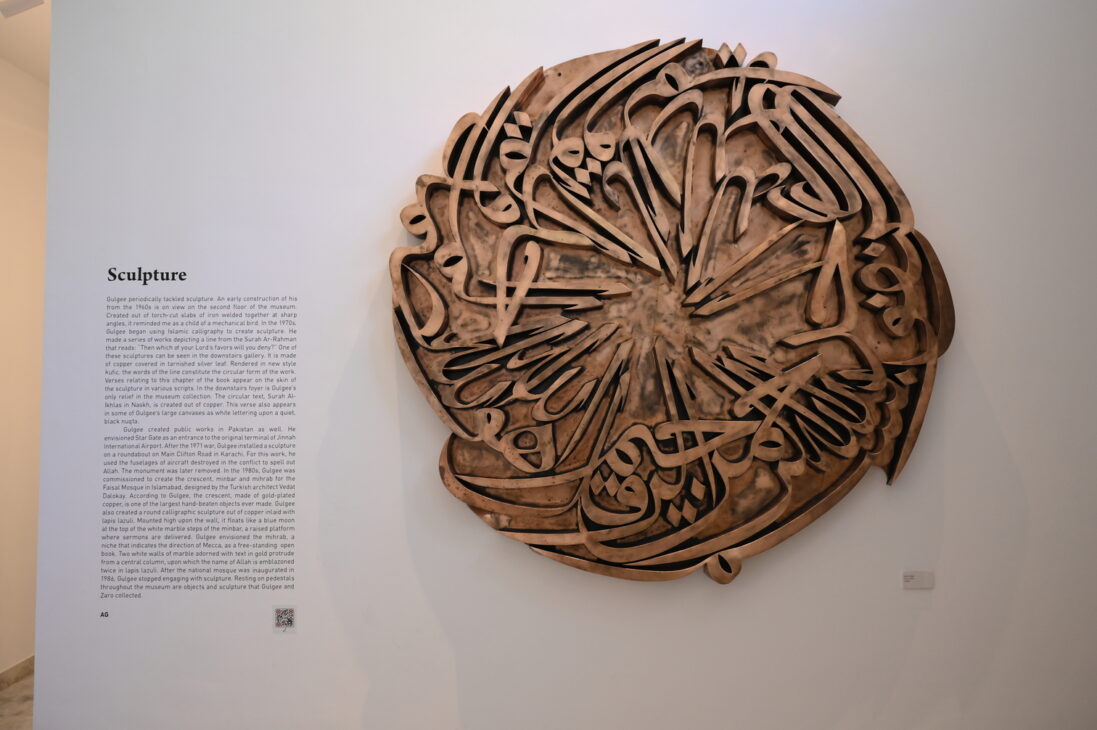
In a city with few art museums, the Gulgee Museum is a welcome addition. “I think it is wonderful for the city of Karachi [to have Gulgee Museum],” said Mehreen Ilahi, who runs the art gallery Majmua. “Initiatives like these, including the different ways of preserving art, are extremely important.”
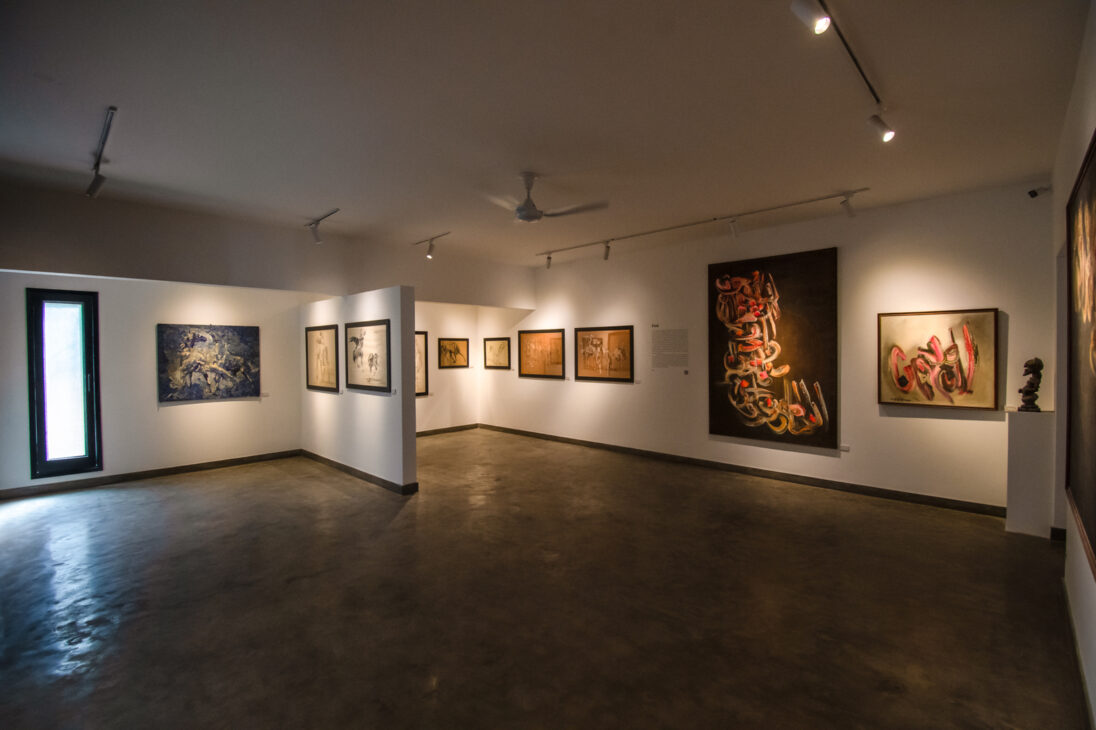
For Amin, the museum is more than just a tribute to his father; it’s a gift to Karachi and to the world. “I hope Zaro and Gulgee are happy with me,” he said. “My sister flew in from the States for the opening. She saw it and was happy. So, for me, that was the acid test.”
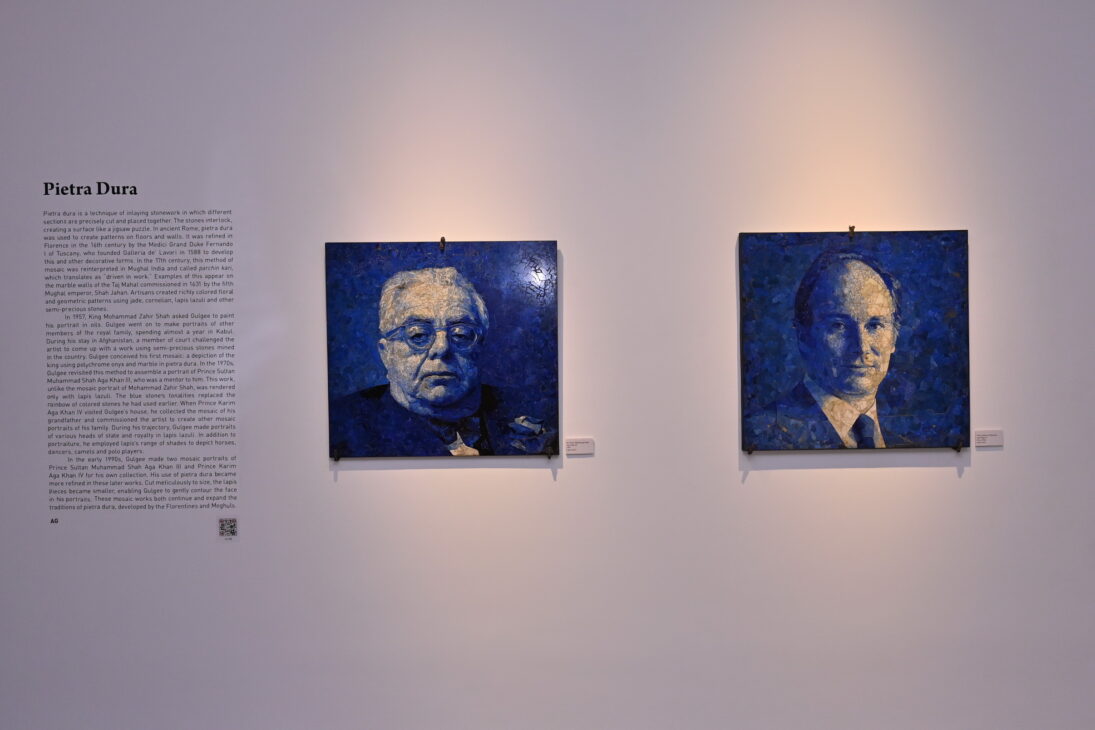
As visitors walk through the museum, they are not just witnessing the art of Ismail Gulgee; they are stepping into a world where love, loss, and legacy intertwine. It’s a world that Amin has lovingly curated, ensuring that his father’s genius continues to inspire generations to come.


